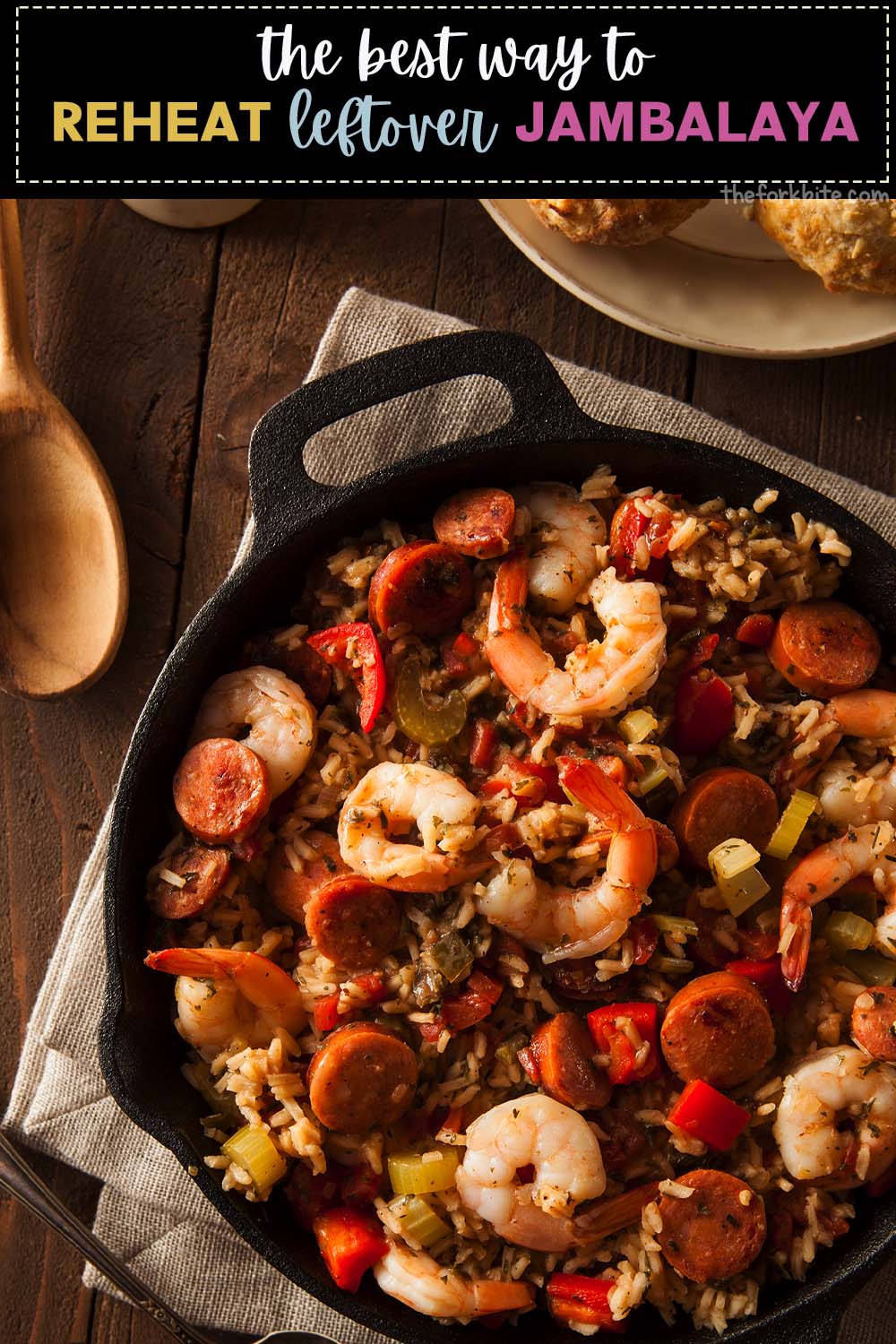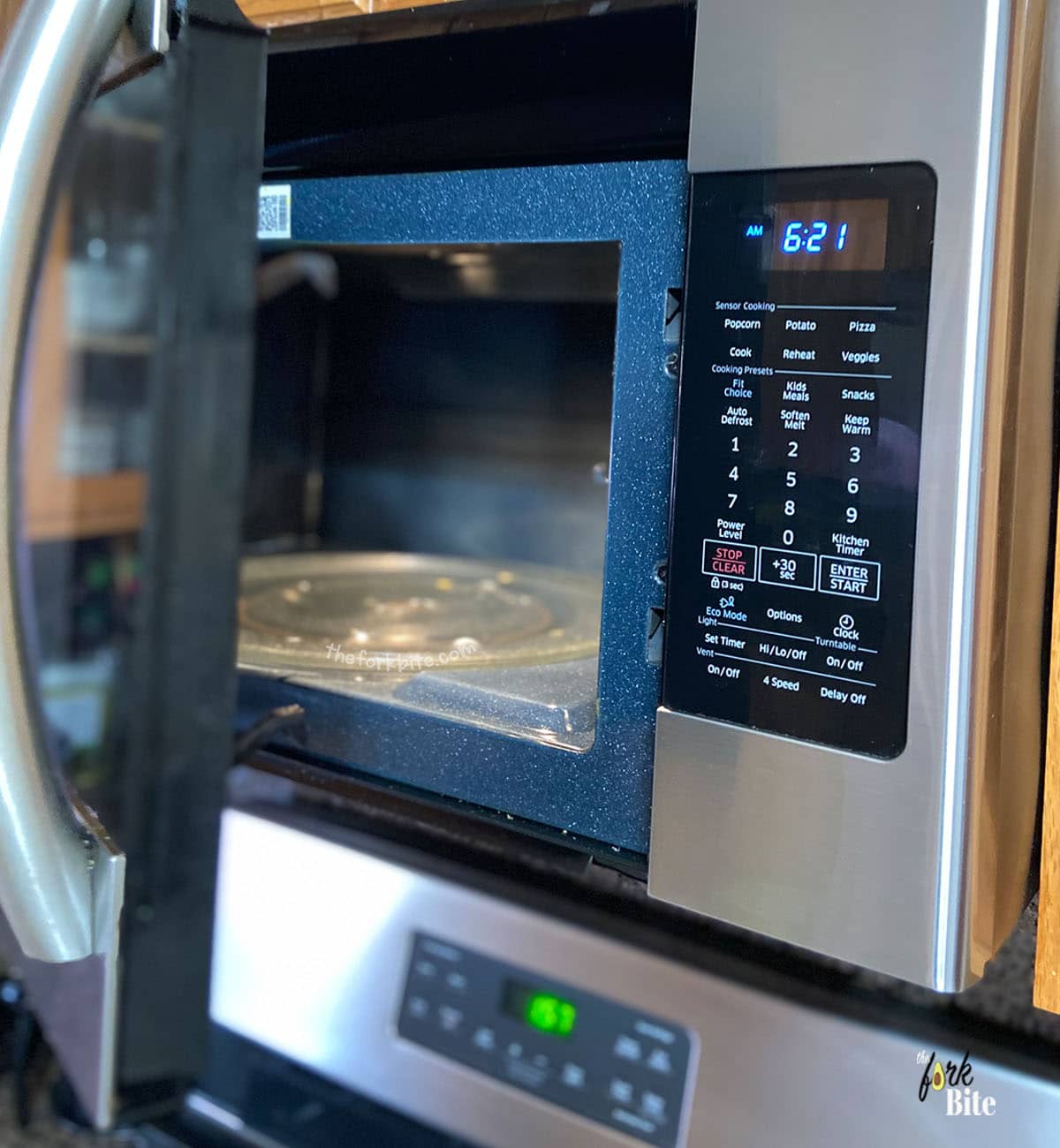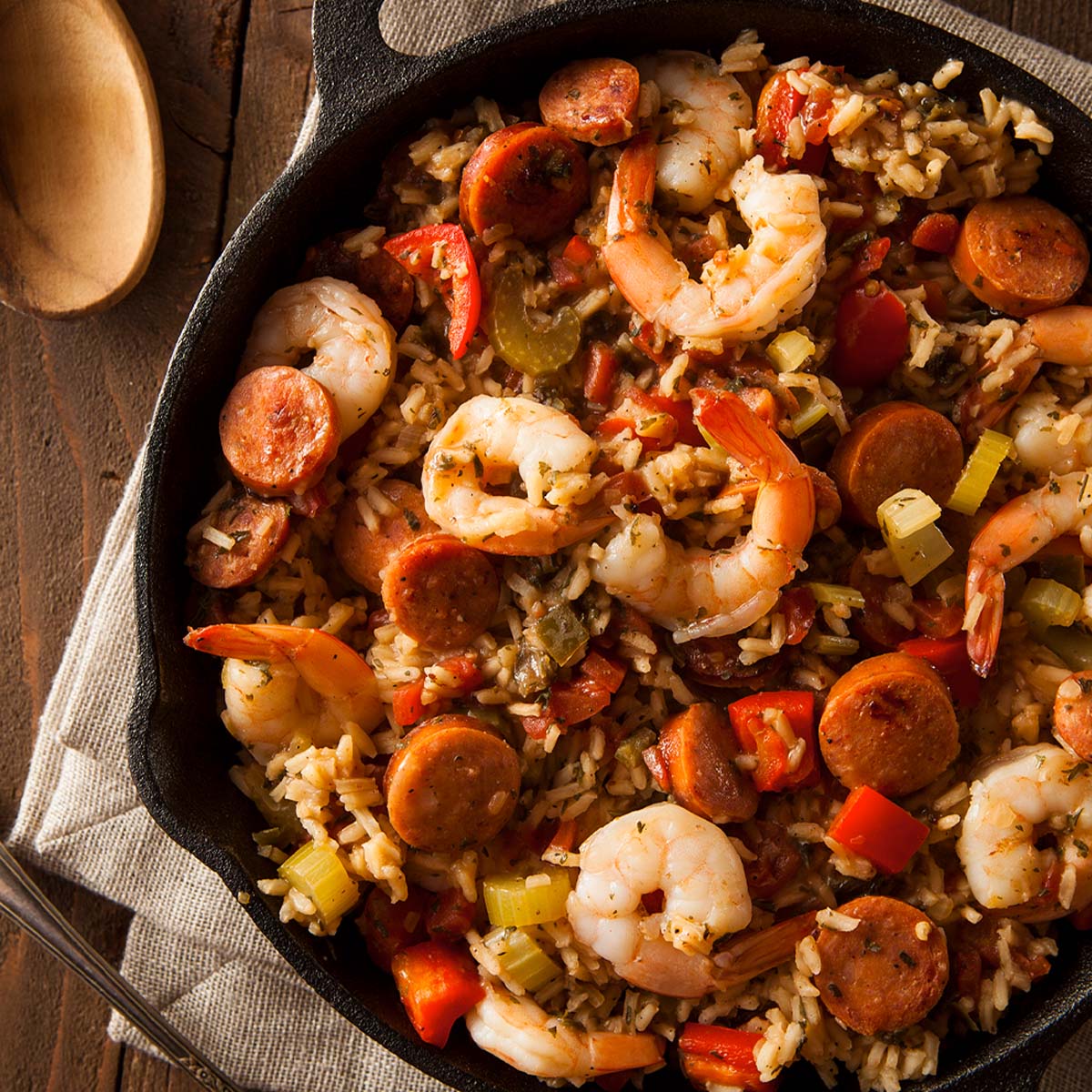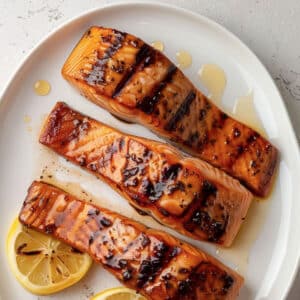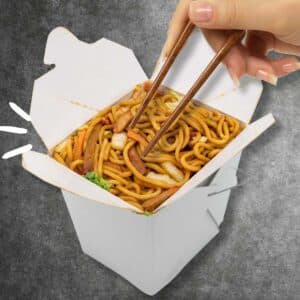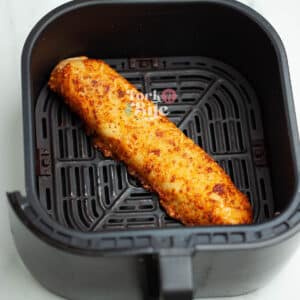How to reheat Jambalaya? You can reheat Jambalaya in three ways - by using your microwave, your oven, or heating it on your stovetop.
Cooked rice dishes are not the easiest thing to reheat. One of my favorites and that of my family, too, is Jambalaya. It's a famous creole dish that hails from South Louisiana in the 1700s.
Creole is a word that means "native-born," which applies particularly to Europeans like the French and the Spanish. It was also used to describe anyone born in Louisiana who descended from African slaves and Native Americans.
Like so many great dishes, Jambalaya resulted from a collision of cultures, and one problem, in particular - a shortage of saffron. It meant that colonists from Spain didn't have what they needed to make paella.
Necessity, as they say, is the mother of invention, and the Spanish settlers set about finding and using local ingredients, and Jambalaya was born. Anyway, back to its reheating.
Jambalaya reheated in the wrong way will give you a sticky, glutinous mess. You have to know how to go about it correctly if you want to retain its great flavors and texture when warmed up from leftovers.
Here's how.
3 Options for reheating Jambalaya
You can reheat Jambalaya in the ways that you would reheat almost any food - by using your microwave, your oven, or heating it on your stovetop.
Each method has its own merits. But to retain the unique flavor of Jambalaya without ruining its texture, you need to follow the practices I am about to reveal.
Method 1 Using your microwave
Microwaves are one of the best kitchen inventions. They are a great way of reheating many dishes, including Jambalaya.
If you have any leftovers, you store them in a microwave-safe container; you can reheat them in it and cut back on the washing up.
In the method outlined below, I am assuming you already put the leftovers into a microwave-safe dish.
- Stretch some plastic film of food wrap tight across the open top of the container and punch a few holes in it with the point of a sharp knife to allow any steam to escape. Alternatively, you can cover it loosely with a damp sheet of kitchen paper towel.
- Zap for 30-second bursts, until nice and hot throughout.
- If you're reheating a large batch, you may need to microwave it for longer. Start with a 30-second blast, check to see if it's done to your liking.
- If it's not ready, carry on microwaving for 20 seconds at a time, stopping and checking after each round to see it's warmed through evenly.
- Let it sit for 30 seconds before serving.
Tip:
Microwaves do not warm food dishes evenly, even those with a turntable, so it's always a good idea to take it out halfway through the cooking time and give it a quick stir.
The Advantage
The number one advantage of using the microwave to reheat leftovers is that it is so fast. For example, in terms of Jumbalaya, it is doubtful that you will need more than one minute to heat it through thoroughly.
The other key advantage of microwaving is that, unlike another one, you don't have to wait for it to warm up.
The other advantage is something we've already touched on, and that is the fact that if you stored the leftover Jambalaya in a microwave-safe container, you can cook it in that and do away without having to clean baking trays, etc.
The Disadvantage
Microwaving can be a little dicey if you're heating something like Jambalaya. If the dish contains shrimp, for example, it might turn out a little chewy.
It's not a big deal, but you need to cover the Jambalaya with plastic film or a damp towel to make sure that it doesn't dry out, for if it does, the rice will get hard crunchy.
Method 2 Using your oven
For me, the best way of reheating leftover Jambalaya is in my oven. Yes, it does take a little longer, but it's well worth it if you do it properly.
- Preheat your oven to a temperature of 300°F.
- If it's not already in one, transfer the leftover Jambalaya into an oven-safe dish.
- To stop the rice from drying out, sprinkle a tablespoon or two broth or water over the surface. Lightly does it - you don't want to soak the rice.
- Cover the dish with aluminum foil and place in the oven to warm through for approximately 25 to 30 minutes. The exact time will vary slightly depending on the size of the batch you're warming.
- Don't forget that if it's coming straight out of the fridge, that will add to the cooking time too.
- When it's cooked to your satisfaction, serve and enjoy.
The Advantage
If you use your oven to reheat your leftover Jambalaya and follow the above procedure, you'll find it a consistently reliable way of preserving both its flavor and its texture. Most importantly, it won't be dry.
The Disadvantage
The biggest pain with oven warming is waiting for the oven to reach the pre-set temperature.
Method 3 Using the stovetop
Using the stovetop is a sort of halfway-house between microwaving and oven warming when it comes to the length of time it takes to reheat Jambalaya.
- Take a suitably sized frying pan, and into it, transfer the Jambalaya.
- Set the burner to medium-low heat to allow the Jambalaya to warm through gently.
- Sprinkle a tablespoon or two of broth or water on the rice to stop it from drying out.
- Warm it for about five minutes until it's heated evenly through.
- Serve and enjoy.
The Advantage
The stovetop method is still reasonably fast. Just be sure to add the broth or water, so it doesn't dry out.
The Disadvantage
Not only does it take a little longer than microwaving, but using your stovetop will mean a bit extra washing-up due to the use of a frying pan.
You also need to keep an eye open to make sure that the frying pan doesn't get too hot because if it does, the Jambalaya will stick and scorch.
What you need to know about rice
Reheating rice can be a little tricky because it contains bacteria that can survive some heat. These little nasties can cause food poisoning, particularly when it comes to reheating rice dishes like Jambalaya.
Before it's cooked, rice might contain a bacterium called Bacillus Cereus. This bacterium can still be present even after the rice has been cooked.
Besides, if a rice dish is left on a work surface at room temperature after cooking, it can encourage bacteria to multiply, creating toxins that can cause food poisoning.
The British National Health Service maintains that the danger isn't so much about reheating a rice dish but more about the way it is stored.
They recommend:
- Serving rice, or a rice dish like Jambalaya, immediately after cooking. If you will be leaving it to cool, make sure that it does so within 60 minutes or so, after which you can store it in your refrigerator for 24 hours, no more.
- When it comes to reheating, ensure that it is nice and hot, and once it's been reheated, throw it away. In other words, it's dangerous to warm it up more than once.
Tips on avoiding food poisoning
Food poisoning at its best is unpleasant, and at its worst, can even prove fatal. Just because something doesn't smell bad doesn't necessarily mean that it's safe to eat.
Referring to the Brits again and their NHS, they published something on ten ways to avoid food poisoning worth reading, as is "Four Steps to Food Safety," on the Foodsafety.gov website.
The basics of storing and reheating cooked foodstuffs
A cooked rice dish like Jambalaya should be transferred into a shallow dish immediately after completing the cooking process. The use of a shallow dish will help to ensure quick cooling. You should refrigerate dishes like this within two hours.
Ideally, you should store foods in individual portions. That way, you take out only what you need. Once you reheat large batches of leftovers, you should eat the lot. It would be best if you did not reheat them again.
When using your microwave to reheat leftovers, be sure to stir the dish from time to time as it warms up to make sure it is heated evenly.
The best way to refrigerate cooked leftover rice dishes
Although I mentioned earlier that it is best to reheat and cook leftover rice dishes within 24-hour is refrigerating, you can stretch that up to a couple of days if push comes to shove.
-
Cool it quickly
The important thing is to make sure you store it correctly.
Cooling it quickly is important as the less time it is left out in the open, the less chance of bacteria growth developing.
-
Use an airtight container or vacuum sealer
If you let too much air get to the rice, it can become hard and chewy. I recommend storing leftover Jambalaya either in an airtight container or a zip-top bag.
If you can afford one, a Foodsaver vacuum sealer is ideal for this job as it both evacuates any air and airtight seals the bagged food at the same time.
As soon as your leftover Jambalaya is packed, get it into the fridge as quickly as possible.
The best way to freeze cooked leftover rice dishes
If stored correctly, a cooked rice dish like Jambalaya can be kept safe in your freezer for up to 3 months. Anything over that time, and you run the risk of freezer burn.
-
Let it cool before storing
As with prepping any cooked rice dish for the refrigerator, if you intend to store it in your freezer, it too must be cooled quickly.
The golden rule is not to leave it out at room temperature for longer than two hours.
-
Store in a freezer or vacuum-sealed bag
The leftover jambalaya needs to be put into an airtight container or zip-top bag, better still, a Foodsaver vacuum-sealed bag, and stored flat in the freezer.
- Firstly it takes up less space.
- Secondly, it means it will defrost that much quicker.
One of the great things about leftover Jambalaya is that it freezes well.
When frosted and reheated in the right way, it tastes almost as good as when you originally made it.
Defrosting leftover frozen Jambalaya
All food safety people, including the FDA, will tell you that the safest way to defrost frozen foods is overnight in your refrigerator. This is especially true of frozen leftover Jambalaya.
Thawing it in your fridge overnight will allow it to defrost slowly, therefore preventing any excessive buildup of harmful bacteria.
You already know the best ways of reheating leftover Jambalaya from what we discussed earlier.
Useful facts to know about Jambalaya
Fact 1
The derivation of the word "Jambalaya" springs from the French and Spanish languages. The French and Spanish words for ham are the same - Jamon - and the Creole slang for a Cajun accident is "Yaya."
Fact 2
The best cooking utensil in which to make Jambalaya is a cast-iron pot. There are several reasons for this:
- It distributes the heat evenly throughout cooking.
- It keeps food hot for long after cooking.
- Cast-iron pots are easy to clean.
Fact 3
In days gone by, Cajun chefs liked to use a wooden spoon or paddle for stirring their Jambalaya as it cooked.
In this more scientifically enlightened modern world, we know that wooden implements can store bacteria, besides you cant scrape the bottom of the pot well enough using a wooden spoon.
Today, you are recommended to use a stainless steel spoon or paddle to ensure that "Graton" won't get burned.
Fact 4
Cajun-style Jambalayas that contain meat get their brown color from "graton," an old Cajun/Creole word that refers to burnt pigskin or cracklin'.
On the other hand, Creole-style Jambalaya has a reddish color derived from the use of tomatoes. The Creole recipe favors shrimp rather than pork.
Fact 5
Meat-based Jambalayas can be made from various types of meat, including fresh and smoked. The types of smoked meats you can use include mild or hot smoked pork sausage, hickory-smoked pork - Tasso, or game meats.
You can use alligator (but I wouldn't recommend catching your own), chicken, and pork. If you're not too squeamish, you can also make it with roadkill.
Fact 6
The best Jambalayas are made with fresh produce. Some people use frozen produce, but it tends to make the final product too watery or soggy.
If you can get them, fresh Creole tomatoes, blanched, skinned, and chopped are superb. They're not readily available, especially all year round, so tinned tomatoes and tomato purée are acceptable substitutes.
Fact 7
Where possible, use fresh garlic. It releases much more flavor into the ingredients as they cook than any other type.
However, you can always substitute things like roasted garlic purée and garlic granules.
The finished dish won't taste quite so good but trust me, not many people, unless they're connoisseurs, will tell the difference.
Fact 8
When making a Cajun Jambalaya, you should caramelize the onions. The Cajun variant is often only made with onions, whereas the Creole style jambalaya is made with celery, onion, and bell peppers.
However, the onions are not usually caramelized. They are cooked until they are just transparent.
Fact 9
A lot of people think that Jambalaya is a hot spiced dish. That is not so. Ordinarily, it is made with a blend of black, red, and white papers.
A Jambalaya connoisseur likes to experience the taste of the red peppers on end and middle of the tongue. The black pepper on the sides of the tongue and the white, deeper in the throat as each mouthful is chewed and swallowed.
More of a preference than a fact, I like to add sweet basil and thyme into my Jambalayas. I prefer the fresh varieties if I can get them, but I have to settle for dried more often than not.
Fact 10
A proper Jambalaya is made from stock. The Cajun variety uses pork or chicken stock. When it comes to the Creole variety, the preference is for seafood or shrimp stock.
You can sometimes buy commercial chicken pork or shrimp bases, but these can be quite salty. At a pinch, you can substitute a soup instead.
Fact 11
As with many cooked rice dishes, Jambalaya develops its flavor by soaking up all the flavor nuances from the meat, the veggies, the stock, and the seasonings you add. It's a real one-pot wonder.
Some people cooked the rice separately and added it to the other cooked ingredients just before serving. However, that only coats the rice with flavor. It doesn't imbue the rice with all those lovely tastes as part of the rice itself.
Other interesting recipes:
- How to Reheat General Tso Chicken
- How to Reheat Lasagna Without Drying Out
- How to Reheat Nachos
- How to Reheat Empanadas
How to Reheat Jambalaya (How-to)
Pin RecipeIngredients:
- Jambalaya (leftover)
Instructions:
Reheating Jambalaya Using Microwave:
- Stretch some plastic film of food wrap tight across the open top of the container and punch a few holes in it with the point of a sharp knife to allow any steam to escape. Alternatively, you can cover it loosely with a damp sheet of kitchen paper towel.
- Zap for 30-seconds bursts, until nice and hot throughout.
- If you’re reheating a large batch, you may need to microwave it for longer. Start with a 30-second blast, check to see if it’s done to your liking. If it’s not ready, carry on microwaving for 20 seconds at a time, stopping and checking after each round to see it’s warmed through evenly.
- Let it sit for 30 seconds before serving.
Reheating Jambalaya using the Oven:
- Preheat your oven to a temperature of 300°F.
- If it’s not already in one, transfer the leftover Jambalaya into an oven-safe dish.
- To stop the rice from drying out, sprinkle a tablespoon or two broth or water over the surface. Lightly does it – you don’t want to soak the rice.
- Cover the dish with aluminum foil and place in the oven to warm through for approximately 25 to 30 minutes. The exact time will vary slightly depending on the size of the batch you’re warming. Don’t forget that if it’s coming straight out of the fridge, that will add to the cooking time too.
- When it’s cooked to your satisfaction, serve and enjoy.
Reheating: Using Stovetop
- Take a suitably sized frying pan, and into it, transfer the Jambalaya.
- Set the burner to medium-low heat to allow the Jambalaya to warm through gently.
- Sprinkle a tablespoon or two of broth or water on the rice to stop it from drying out.
- Warm it for about five minutes until it’s heated evenly through.
- Serve and enjoy.
Notes:
tip:
Microwaves do not warm food dishes evenly, even those with a turntable, so it’s always a good idea to take it out halfway through the cooking time and give it a quick stir.Please note that all nutrition information are just estimates. Values will vary among brands, so we encourage you to calculate these on your own for most accurate results.

